When analyzing any long-form market trends across the industry, 2020 will continue to look more and more like an oddity. Specifically in air travel and tourism, 2020 and the outbreak of the COVID-19 pandemic forced a global shutdown of a multi-billion-dollar industry.
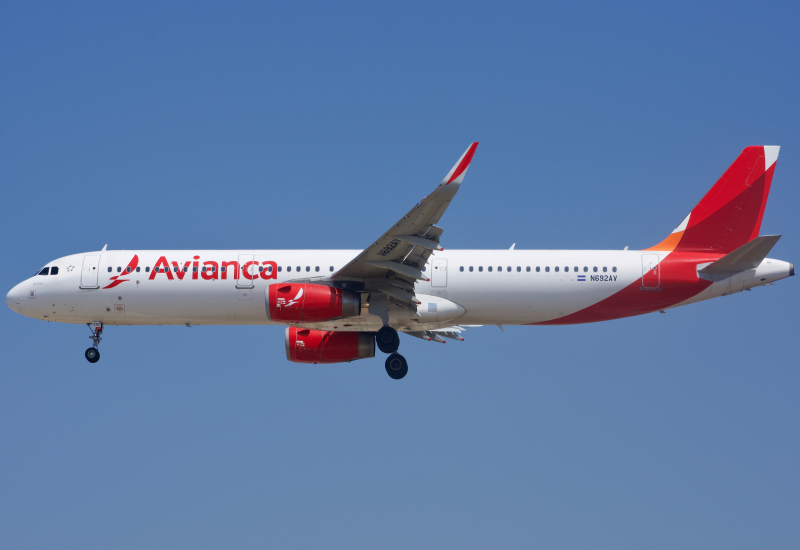
Although initial statistics are beginning to show that economic and tourism trends mimic the years leading up to the pandemic, certain regions globally continue to battle obstacles set on by the initial wave of the pandemic, namely in developing economies. South America is one example of how recent changes are only cracking the surface of rekindling the economic and tourism progress of the 2010s.
Tourism in South America has mimicked the economic growth in the region. According to the World Bank, the number of tourists in the area peaked in 2019 at just north of 200 million total tourists. As a result, the economic value of inbound tourism jumped a whopping 21.7 percent, capping at a value of $209.4 billion in 2019. This was a $37.4 billion increase from the total tourism GDP in the region in 2010, spread fairly evenly across nations.
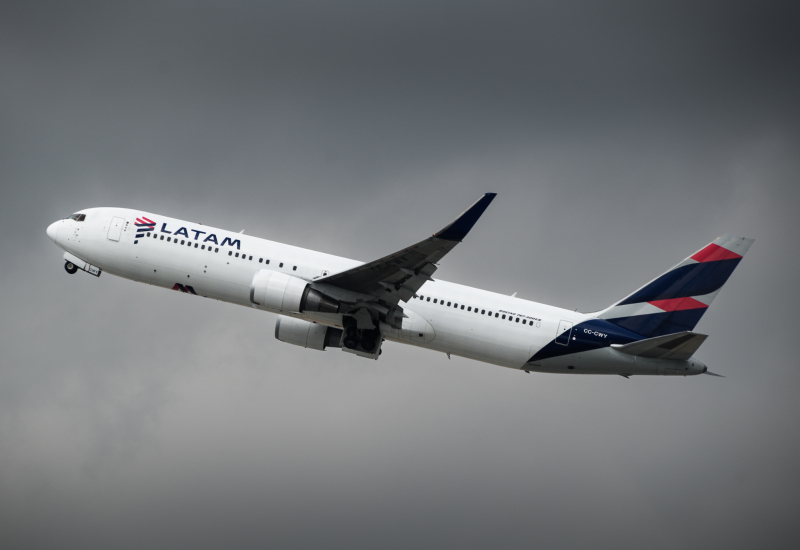
As with any growing economy, foreign investment through hospitality and tourism is a major facet of expanding to global businesses. Throughout the late 1990s, Southeast Asian countries and Mexico experienced similar economic investment, mainly through hospitality and tourism.
Although progress was being made, the 2020 pandemic profoundly affected the growth rate. South American revenue from international tourism in 2020 alone barely surpassed the billion mark, with most coming from Brazil and Colombia. As a result of the lack of global tourism, local industries, including local airlines, began to suffer.
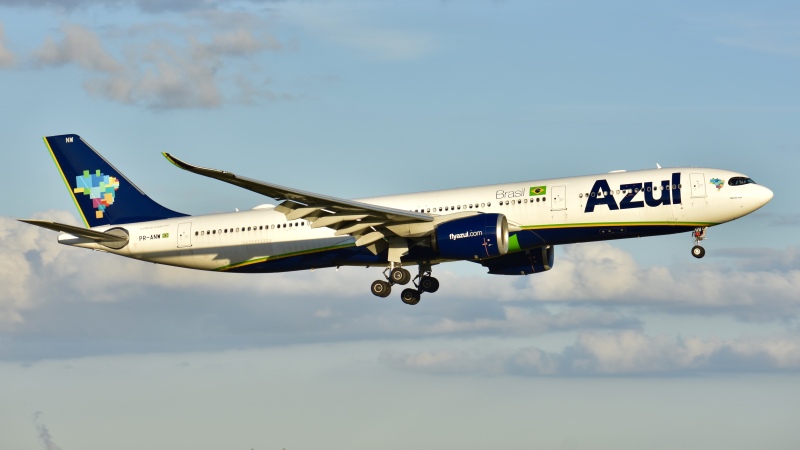
Gol Linhas Aéreas (Gol) and Azul Linhas Aéreas (Azul) of Brazil both experienced government bailouts and restructuring, while the former is currently undergoing bankruptcy after years of slow travel. Other national airlines in Mexico and Colombia are also experiencing slow returns to previous levels.
Namely, Avianca from Colombia, the second largest airline in the region, went through six months of Chapter 11 bankruptcy restructuring beginning in May 2020, immediately reflecting the stagnant air travel. As much of the aviation industry runs on a form of debt, any stoppages in service can become cataclysmic. Total losses reflected at the pandemic's start reached $5 billion, the region's highest in history. Although Avianca has bounced back, subsidiaries and smaller airlines have folded since.
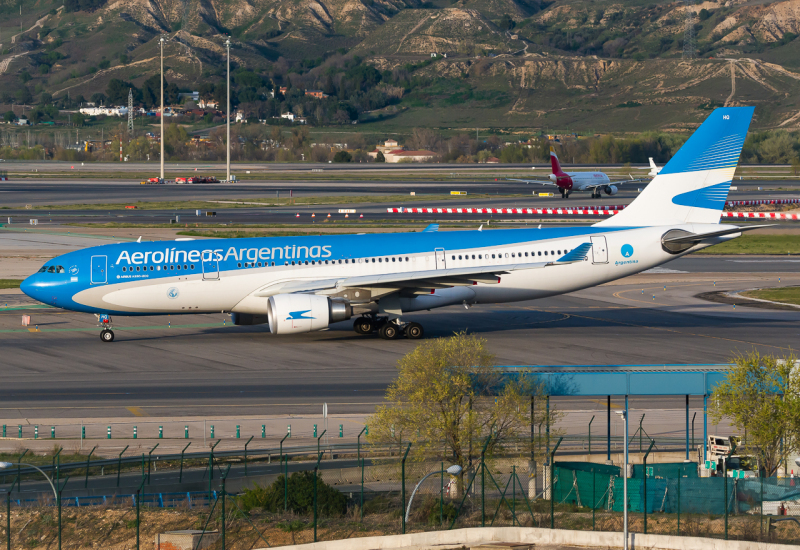
However, as all of these events originated in 2020, the outcome has been positive. After a couple of years of economic stagnation due to the 60 percent decrease in travel in the region, tourism and revenues are back to previous expectations.
In 2022, the valuation of South American tourism was set at $320 billion, with a projected annual growth rate of 4 percent. By 2032, the valuation of the region's tourism is set to be at $473 billion. The highest percentage of GDP derived from tourism in any South American nation is Uruguay, set at around 13 percent.
Unruly Passenger Incident Leads to Operational Suspension, Potential Aircraft Seizure in Mozambique » SpaceX Rocket Debris Forces Flight Delays for Qantas and SAA on Australia-South Africa Routes » Jeju Air Black Box Flight Recorders Failed Minutes Before South Korean Plane Crash »
Comments (0)
Add Your Comment
SHARE
TAGS
NEWS Tourism South America Latin America Pandemic Travel COVID-19 Economics Travel Demand Finance Bankruptcy GeopoliticsRECENTLY PUBLISHED
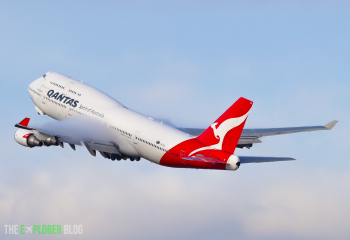 SpaceX Rocket Debris Forces Flight Delays for Qantas and SAA on Australia-South Africa Routes
Qantas and South African Airways (SAA) have faced flight delays and cancellations on their routes between Australia and South Africa due to falling debris from SpaceX rockets, Elon Musk's aerospace company.
NEWS
READ MORE »
SpaceX Rocket Debris Forces Flight Delays for Qantas and SAA on Australia-South Africa Routes
Qantas and South African Airways (SAA) have faced flight delays and cancellations on their routes between Australia and South Africa due to falling debris from SpaceX rockets, Elon Musk's aerospace company.
NEWS
READ MORE »
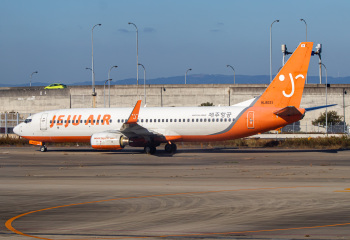 Jeju Air Black Box Flight Recorders Failed Minutes Before South Korean Plane Crash
The black boxes of the Jeju Air Boeing 737-800 aircraft that crashed several weeks ago in Muan, South Korea, stopped working during the last four minutes of the flight. The crash killed 179 of the 181 people onboard. Without the flight data and cockpit voice recorders, investigators now face a significant setback as they lack crucial information that promised to shed light on the incident.
NEWS
READ MORE »
Jeju Air Black Box Flight Recorders Failed Minutes Before South Korean Plane Crash
The black boxes of the Jeju Air Boeing 737-800 aircraft that crashed several weeks ago in Muan, South Korea, stopped working during the last four minutes of the flight. The crash killed 179 of the 181 people onboard. Without the flight data and cockpit voice recorders, investigators now face a significant setback as they lack crucial information that promised to shed light on the incident.
NEWS
READ MORE »
 4-Hour Flight Airborne for Nearly 8 Hours Following "Stabilizer Issues"
A Boeing 737-800 registered to UT Air made an emergency landing on January 7th. The flight, UT Air Flight 881, reportedly experienced "stabilizer issues" mid-flight, causing the aircraft to divert to Moscow Vnukovo Airport (VKO) 6 hours and 50 minutes after takeoff. None of the 173 passengers onboard were injured.
NEWS
READ MORE »
4-Hour Flight Airborne for Nearly 8 Hours Following "Stabilizer Issues"
A Boeing 737-800 registered to UT Air made an emergency landing on January 7th. The flight, UT Air Flight 881, reportedly experienced "stabilizer issues" mid-flight, causing the aircraft to divert to Moscow Vnukovo Airport (VKO) 6 hours and 50 minutes after takeoff. None of the 173 passengers onboard were injured.
NEWS
READ MORE »





